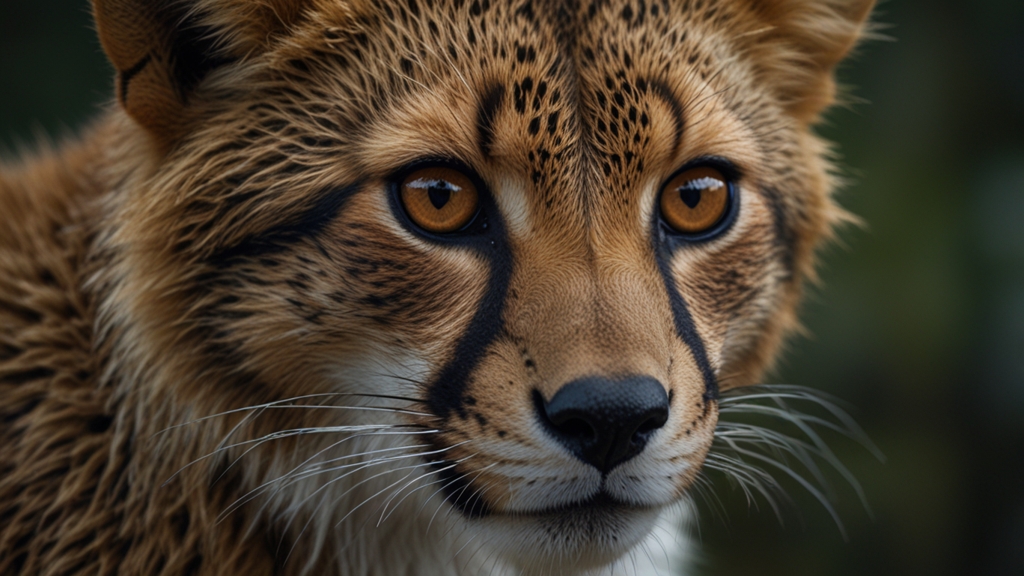The Secret Life of Mammals: What They Do When You're Not Watching
Mammals, the diverse class of animals ranging from the tiny bumblebee bat to the gigantic blue whale, lead incredibly fascinating lives. Often, our glimpses into their existence are fleeting—brief encounters in the wild or through the lens of a nature documentary. But have you ever stopped to wonder what mammals are up to when we're not watching? Their secret lives are rich with intriguing behaviors, complex social structures, and surprising activities that unfold away from human eyes.
Hidden Habits and Nocturnal Niches
Many mammals are crepuscular or nocturnal, conducting much of their daily routine under the cover of darkness. For instance, the common raccoon is known to forage at night, using its dexterous paws to explore and manipulate its environment. Similarly, owls and bats claim the night sky, using echolocation and heightened senses to navigate and hunt.
These nocturnal habits serve as crucial survival strategies, enabling mammals to avoid daytime predators and reduce competition for resources. In the silence and safety of the night, the secretive lives of these creatures unfold, full of intricate behaviors and interactions.
Social Structures and Family Binds
Beyond their solitary activities, many mammals engage in complex social behaviors. Elephants, for example, live in matriarchal herds, where group members support each other through thick and thin. These gentle giants express emotions, mourn their dead, and even celebrate births with communal rituals. Similarly, wolves operate within tight-knit packs, relying on coordinated hunting strategies and social hierarchies to survive.
“The strength of the wolf is the pack, and the strength of the pack is the wolf.” – Rudyard Kipling
Such social structures are vital for the survival of these mammals, fostering a sense of belonging and mutual dependence that goes beyond the simplistic view of 'survival of the fittest.' These hidden dynamics are often missed by casual observers, yet they form the backbone of mammalian social life.
Intricate Communication Systems
Mammals communicate using an astounding array of signals and languages. Dolphins, for example, employ a complex system of clicks, whistles, and body language to convey information. These marine mammals are highly social and use their sophisticated communication skills to maintain social bonds, coordinate hunting, and even share information about potential threats.
Prairie dogs are another excellent example of mammalian communication prowess. These small rodents have a surprisingly detailed vocal system that can describe the size, shape, and even the speed of approaching predators. Such intricate communication systems enable mammals to thrive in their respective environments, sharing vital information that ensures their collective survival.
“In the animal kingdom, the rule is, eat or be eaten; in the human kingdom, define or be defined.” – Thomas Szasz
Play: A Window into Mammalian Minds
Play is a common yet often overlooked aspect of many mammal's lives. Through play, young mammals learn crucial survival skills, such as hunting, fighting, and socializing. Lion cubs, for example, playfully pounce on each other, honing their hunting techniques and building muscle strength. Otters are known to slide down riverbanks, not just for transportation, but seemingly for the sheer joy of it.
This playful behavior is not merely frivolous; it has deep evolutionary significance. Play activities sharpen mental and physical skills, offering young mammals a controlled environment to practice and learn. Observing such behaviors provides a profound insight into the cognitive and emotional capacities of these animals.
Conclusion: The Untold Stories
The secret life of mammals is a rich tapestry woven from a variety of behaviors, social structures, and survival strategies. From the quiet foraging of nocturnal raccoons to the complex social rituals of elephants and the sophisticated communication of dolphins, these stories unfold beyond our immediate perception.
While we may catch only glimpses of their lives, the hidden world of mammals continues to thrive in captivating and unexpected ways. The more we learn about their secret lives, the more we come to appreciate the incredible depth and complexity of the animal kingdom. So, the next time you spot a raccoon rummaging through a trash can or hear the distant howl of a wolf, remember that you're witnessing just a tiny fragment of their extraordinary existence.










